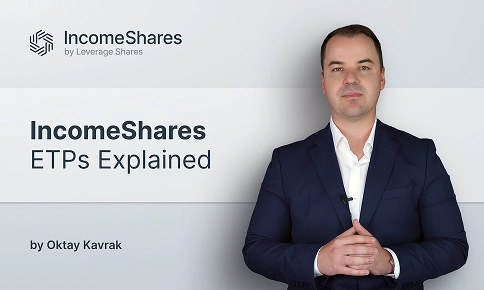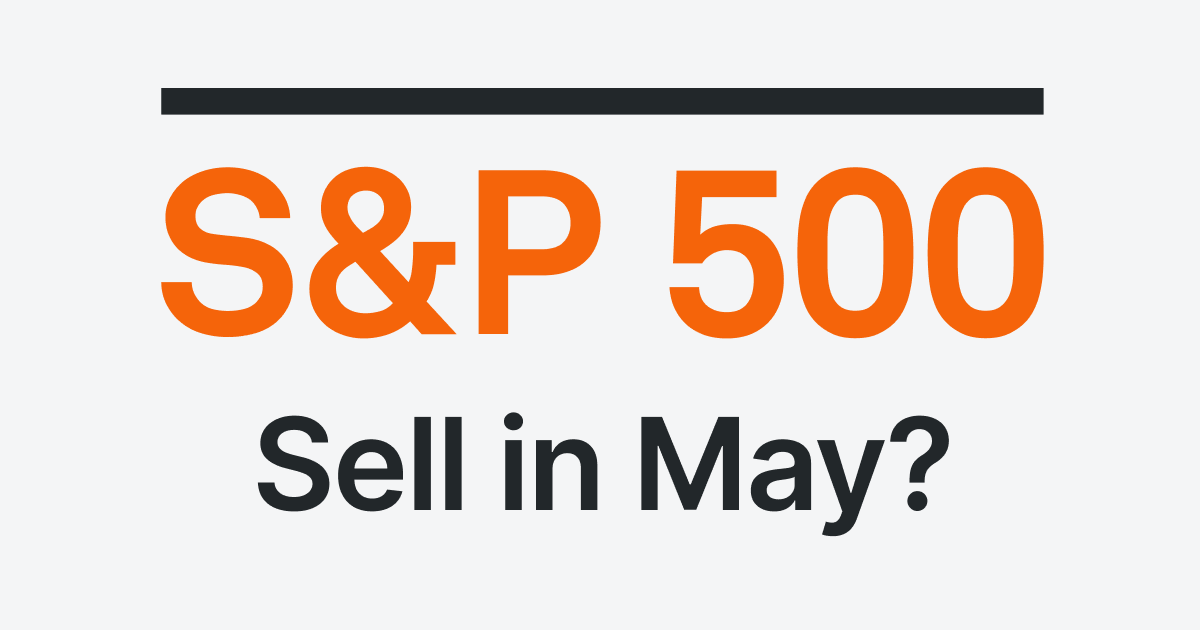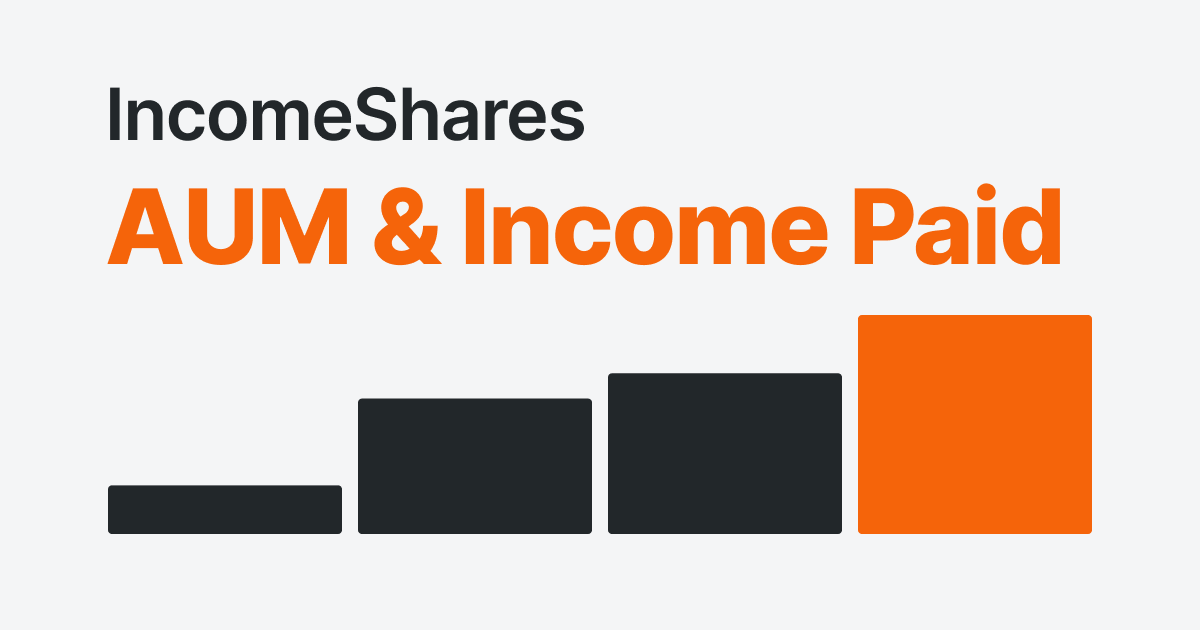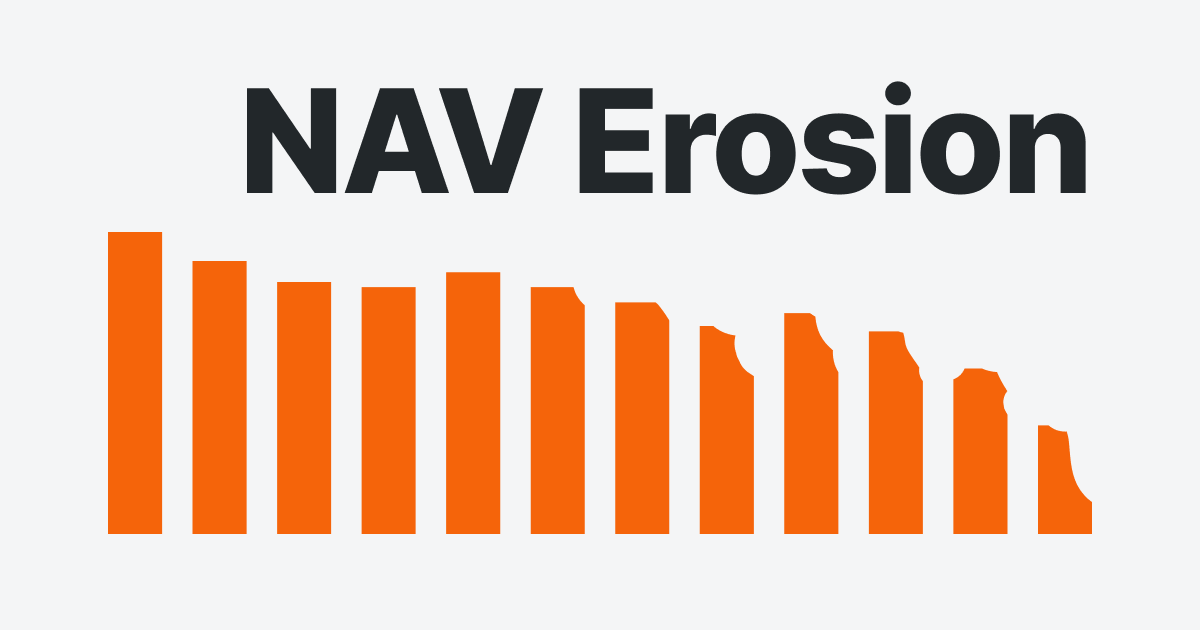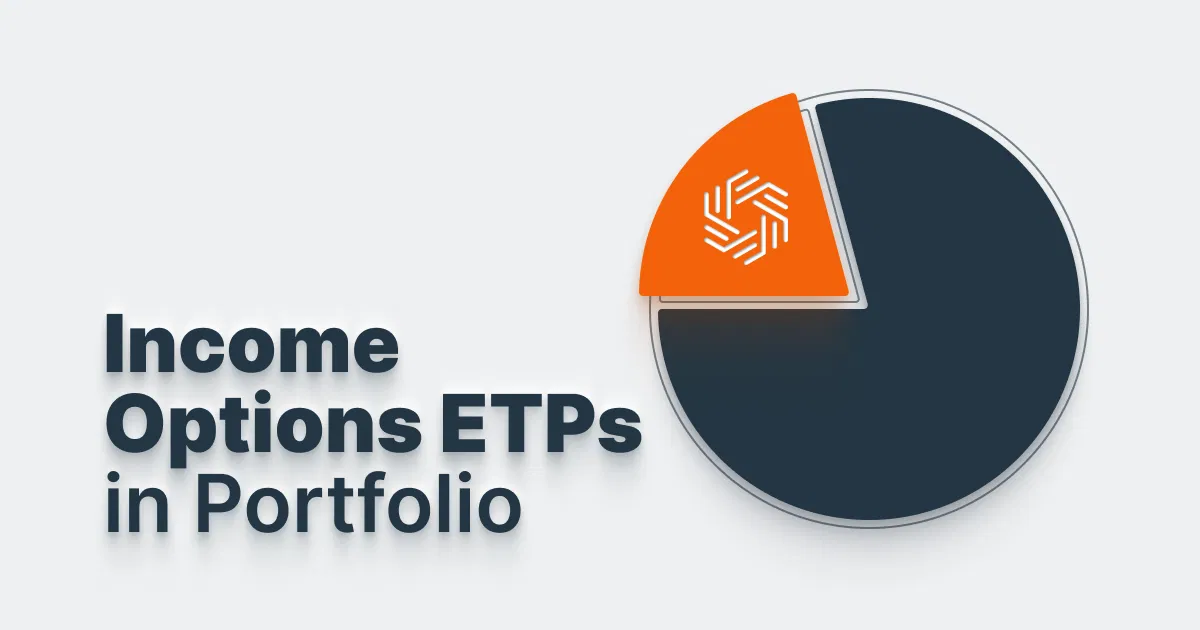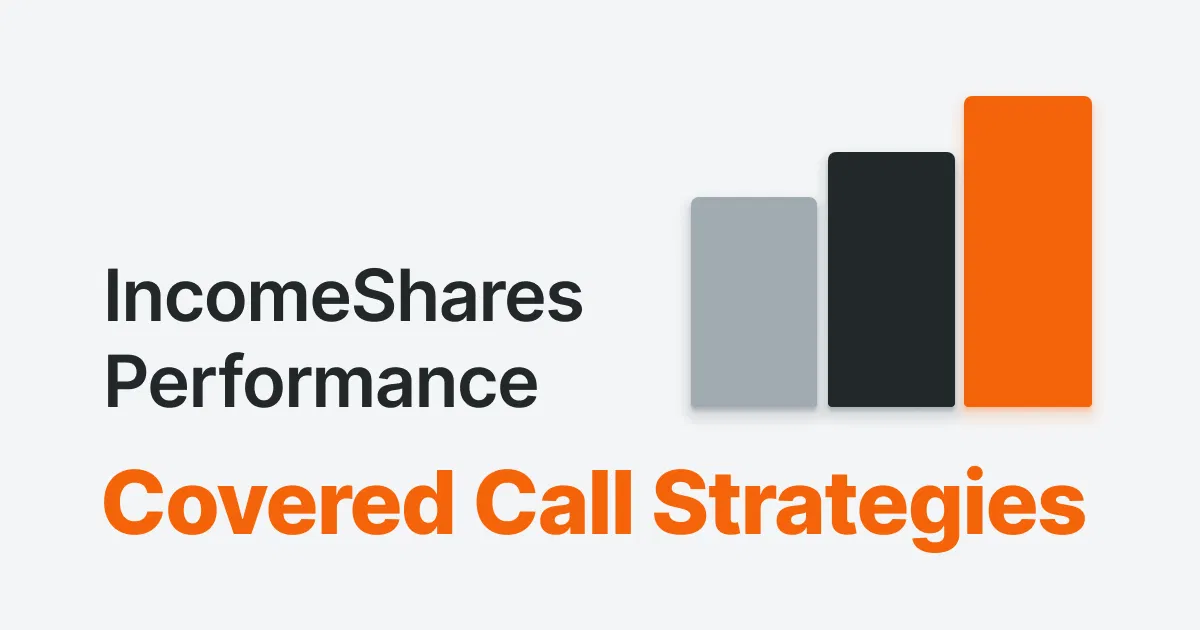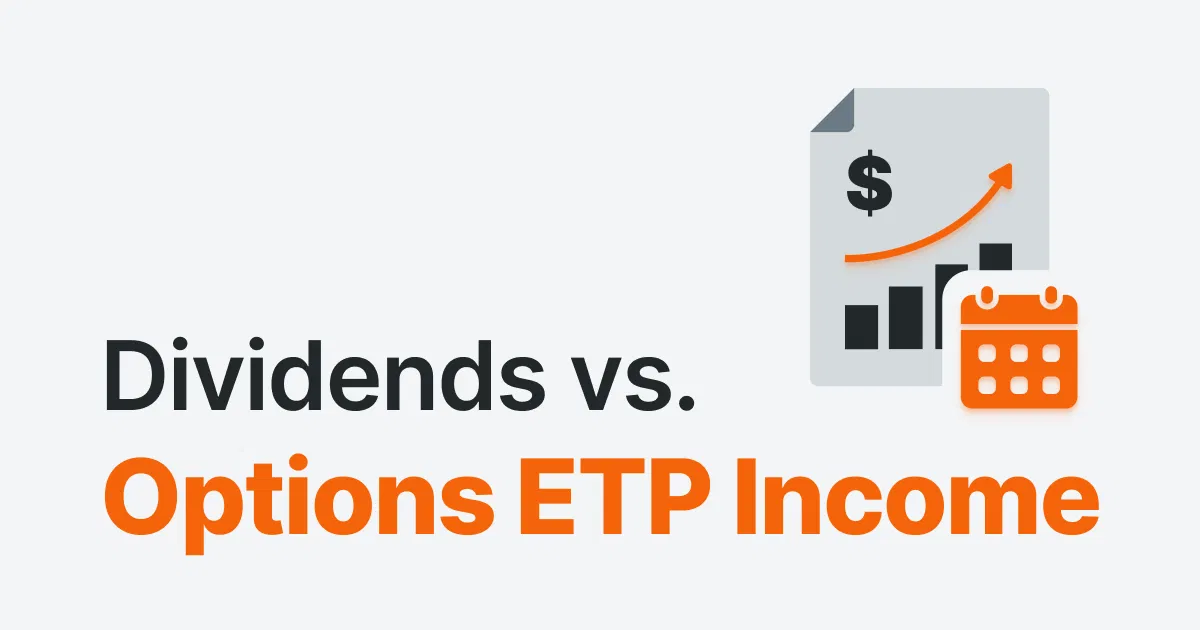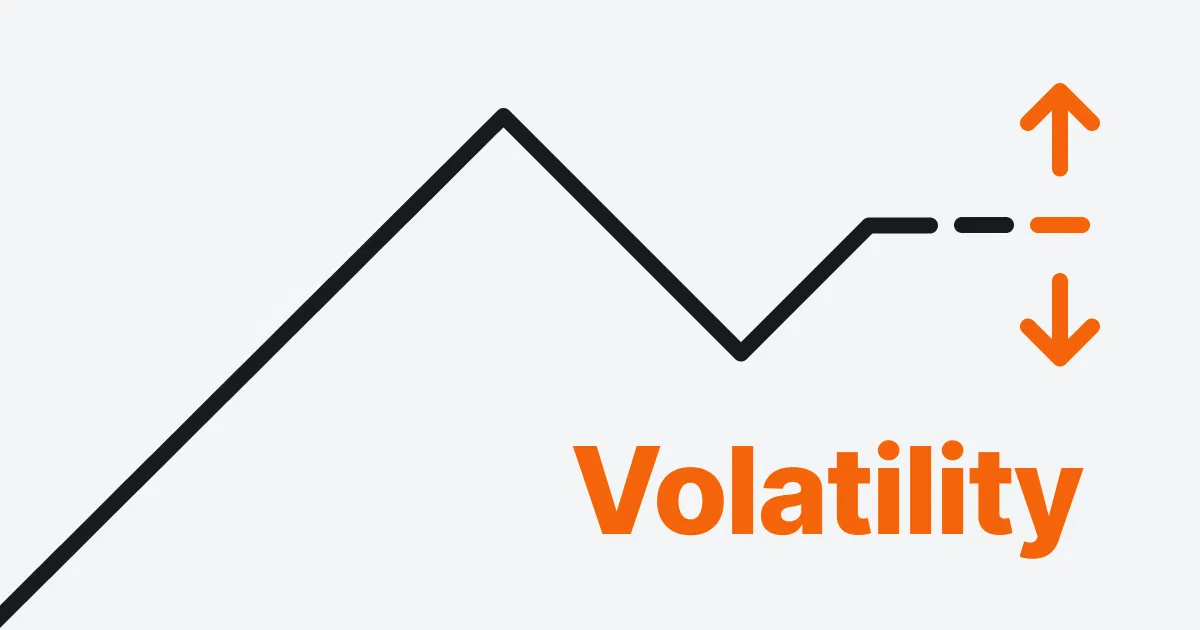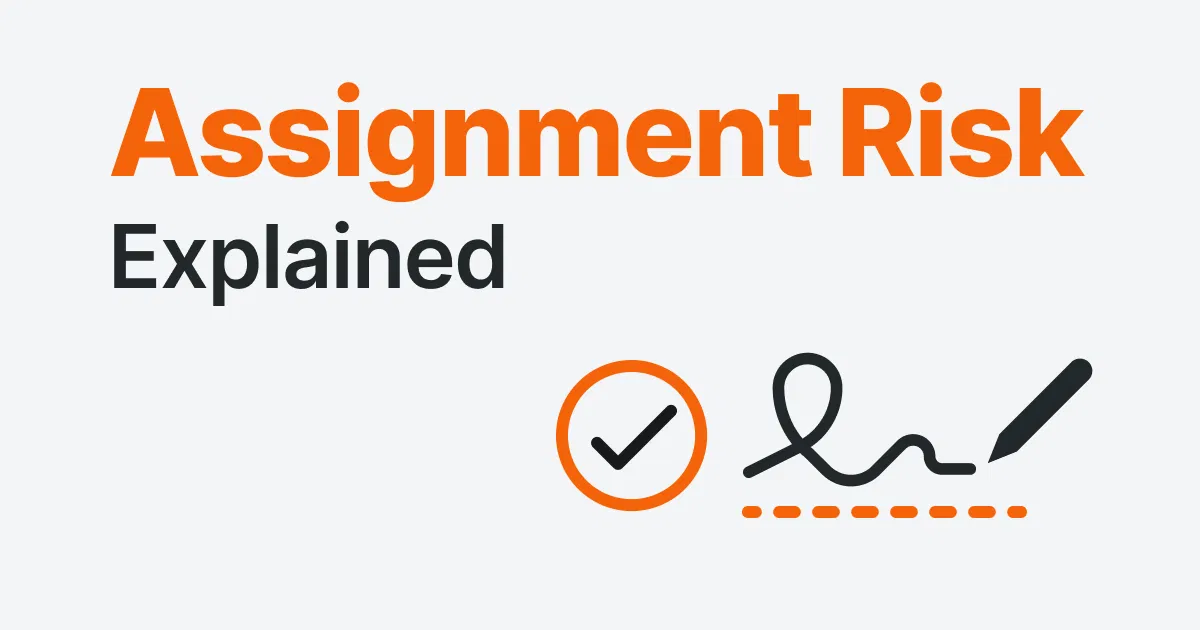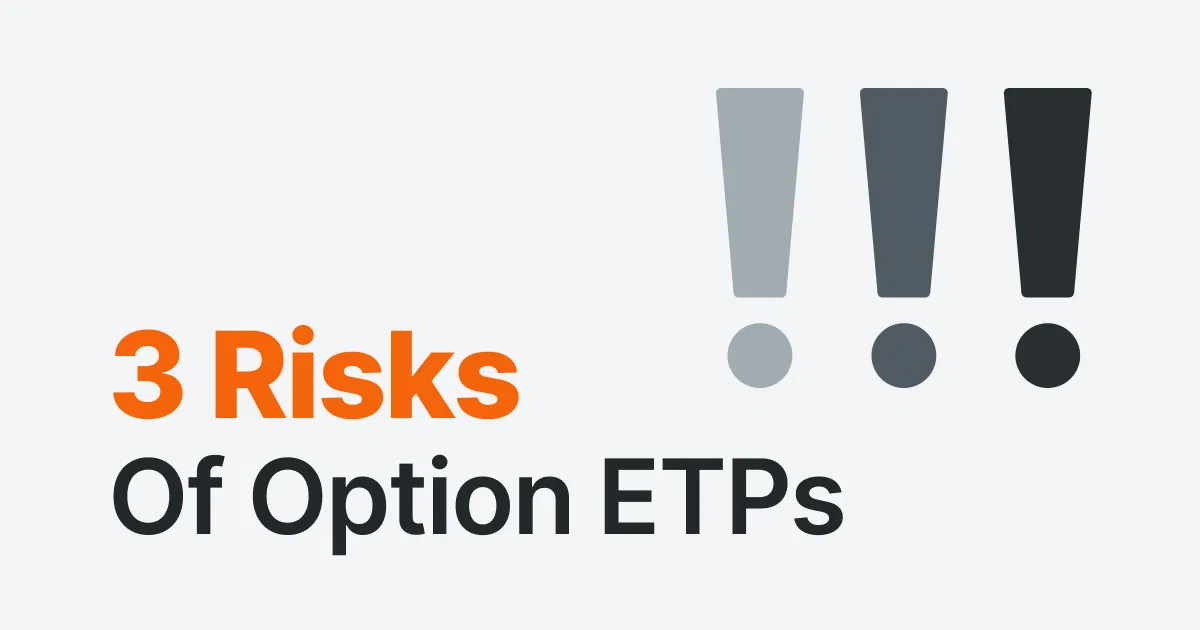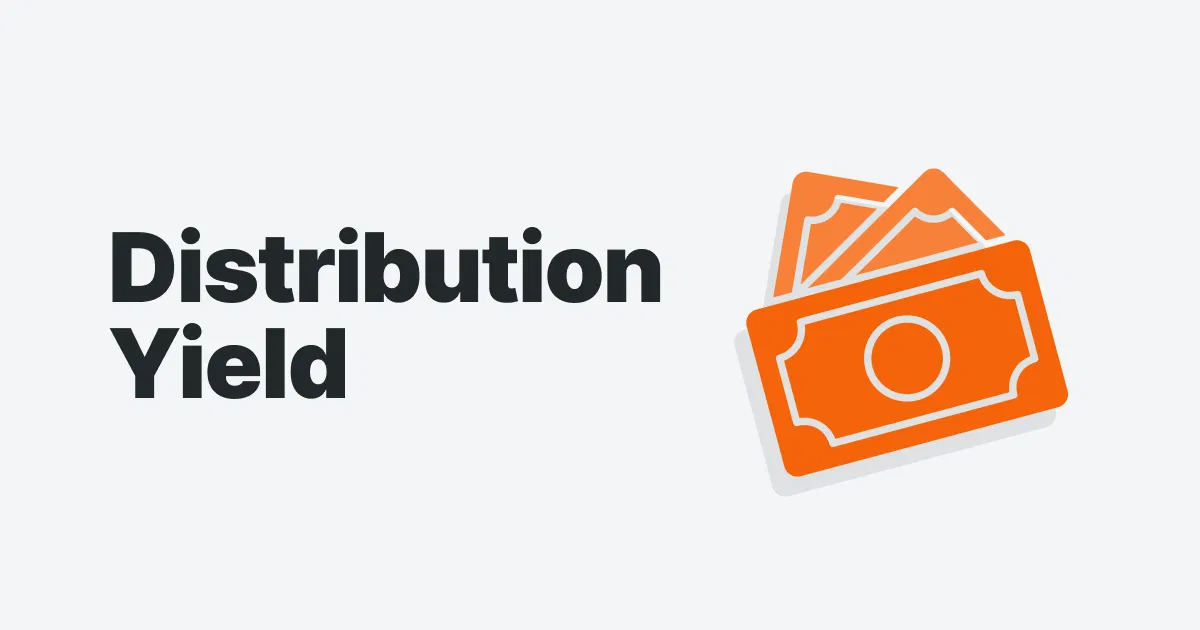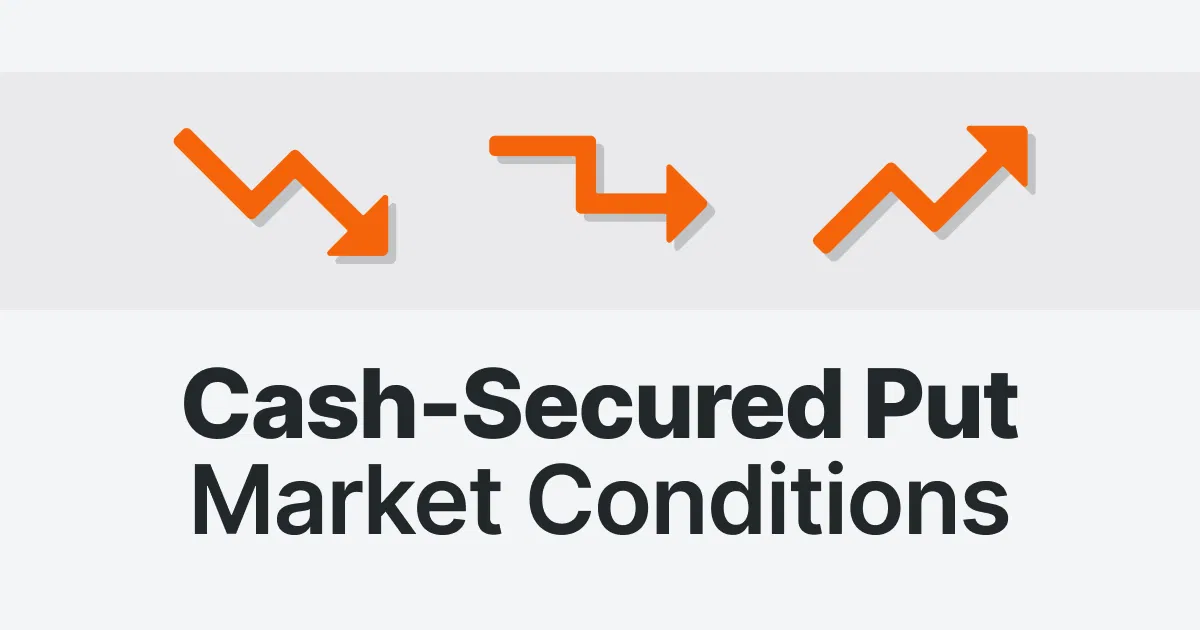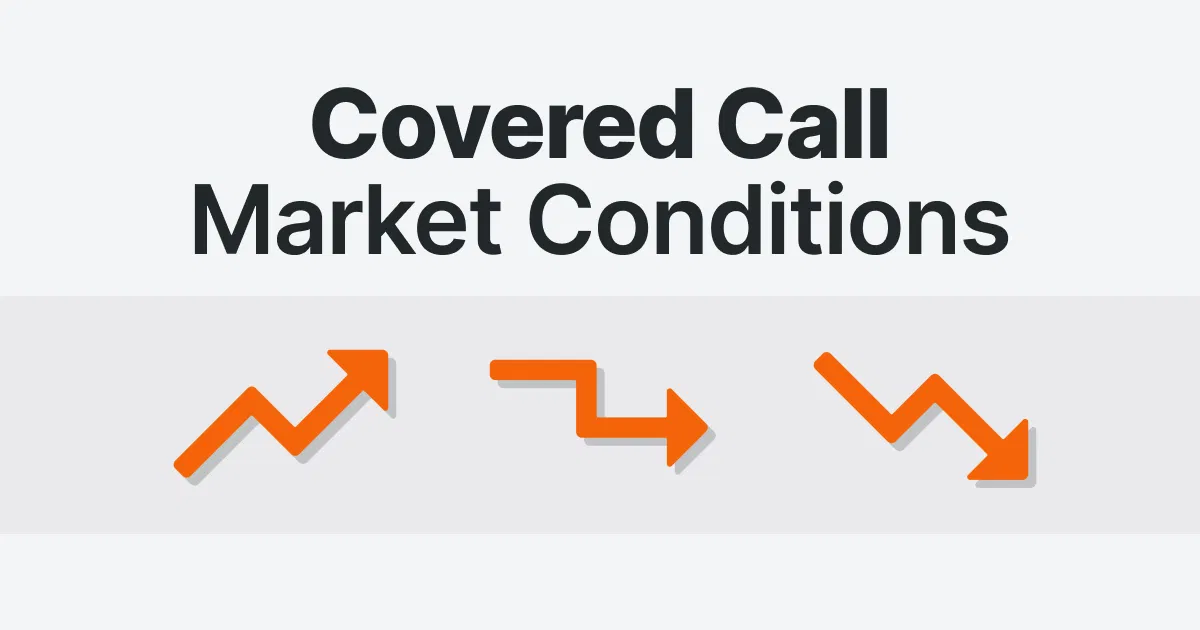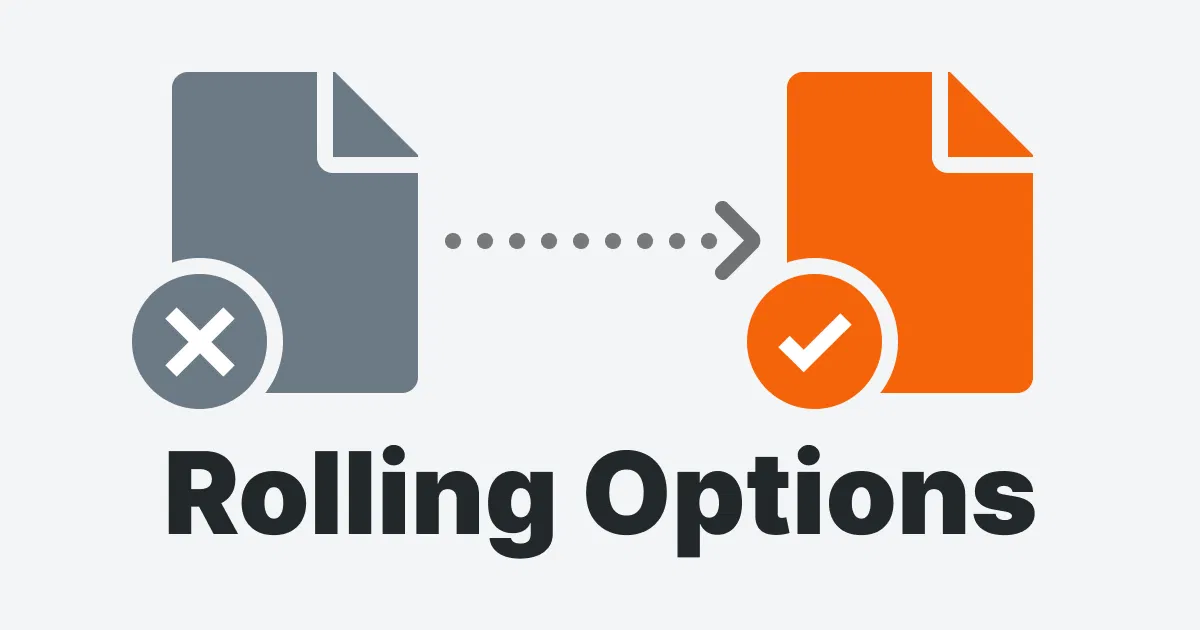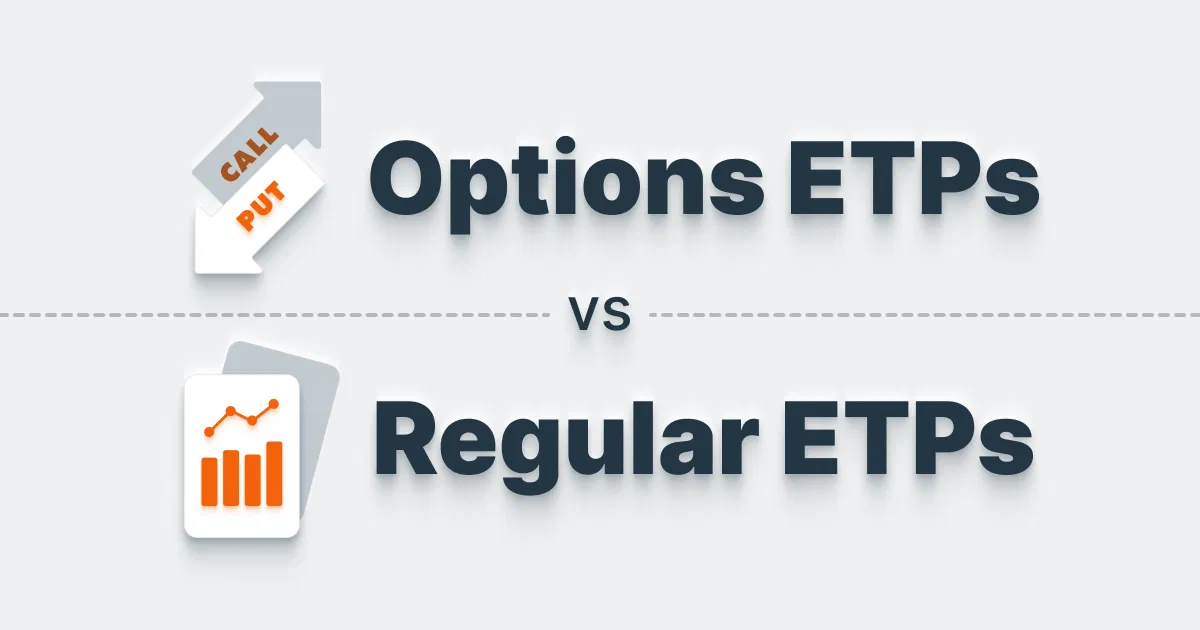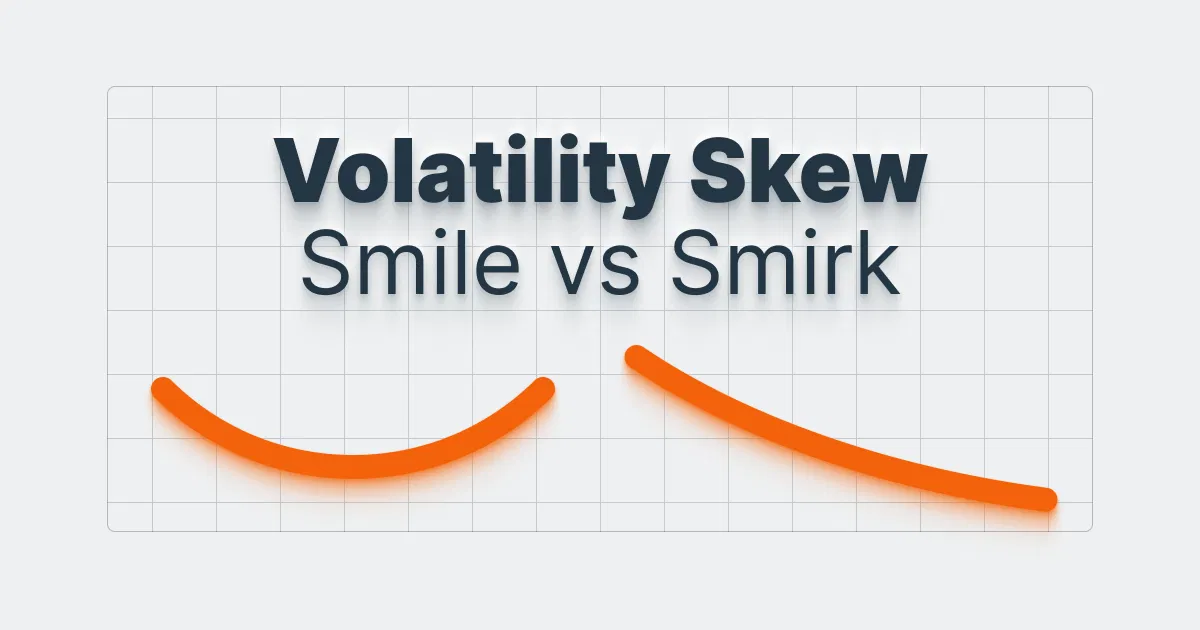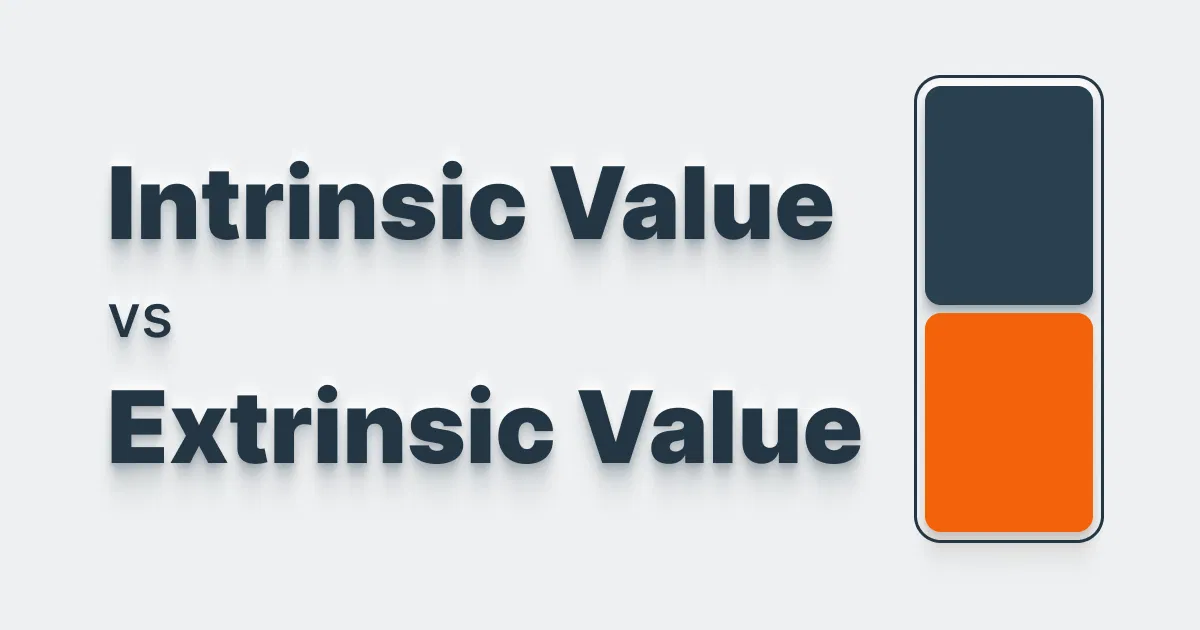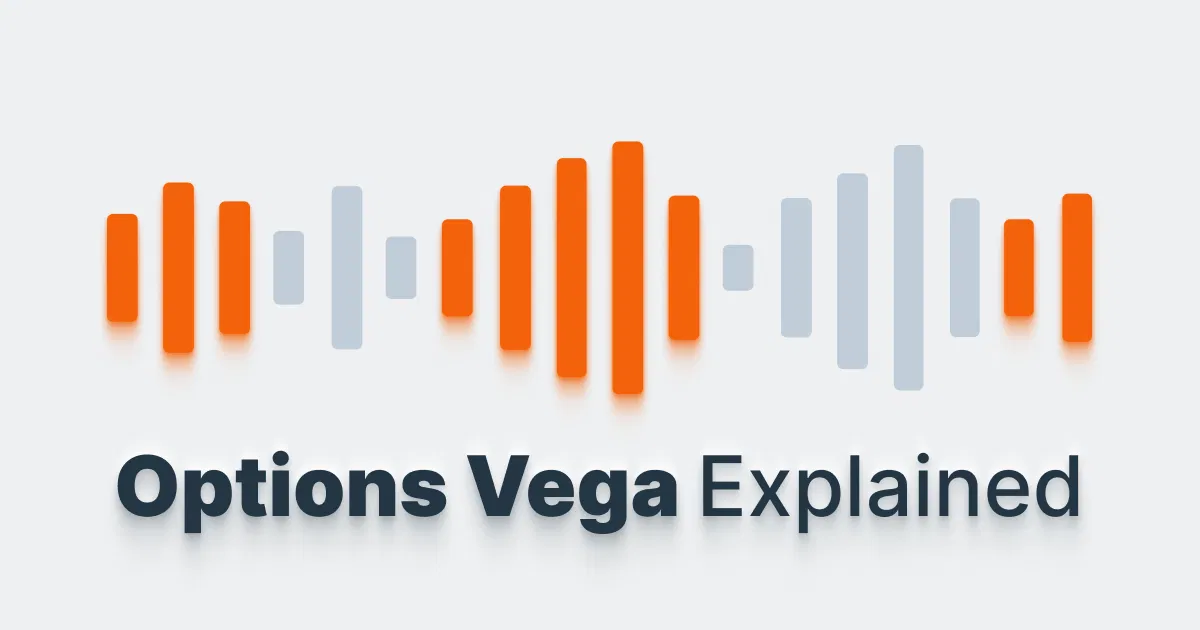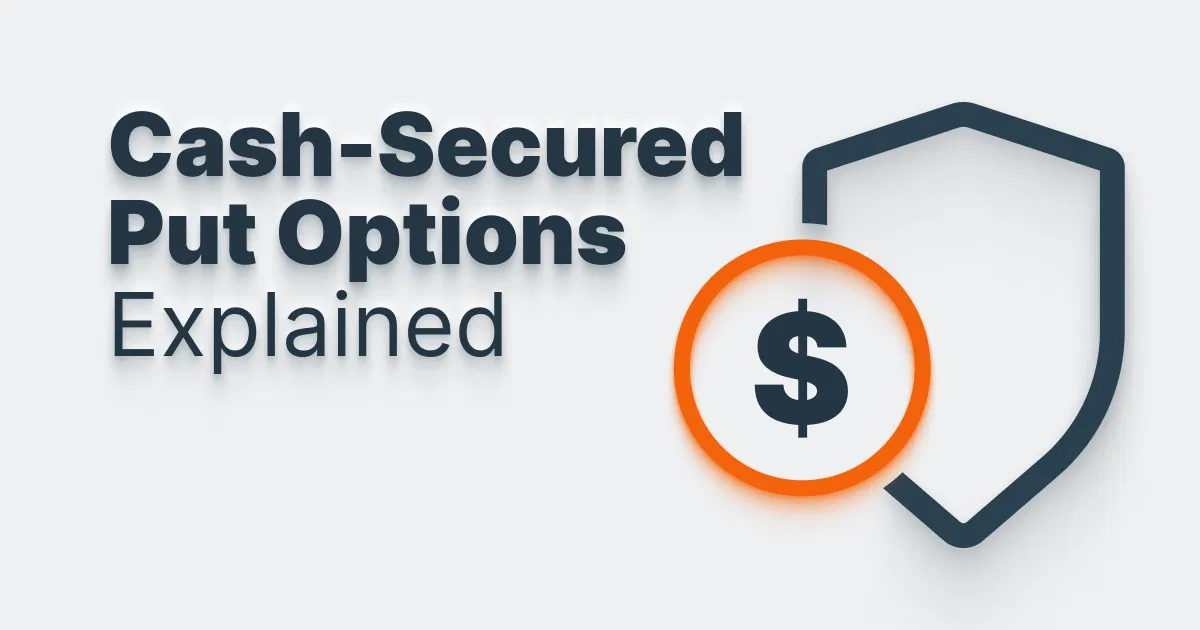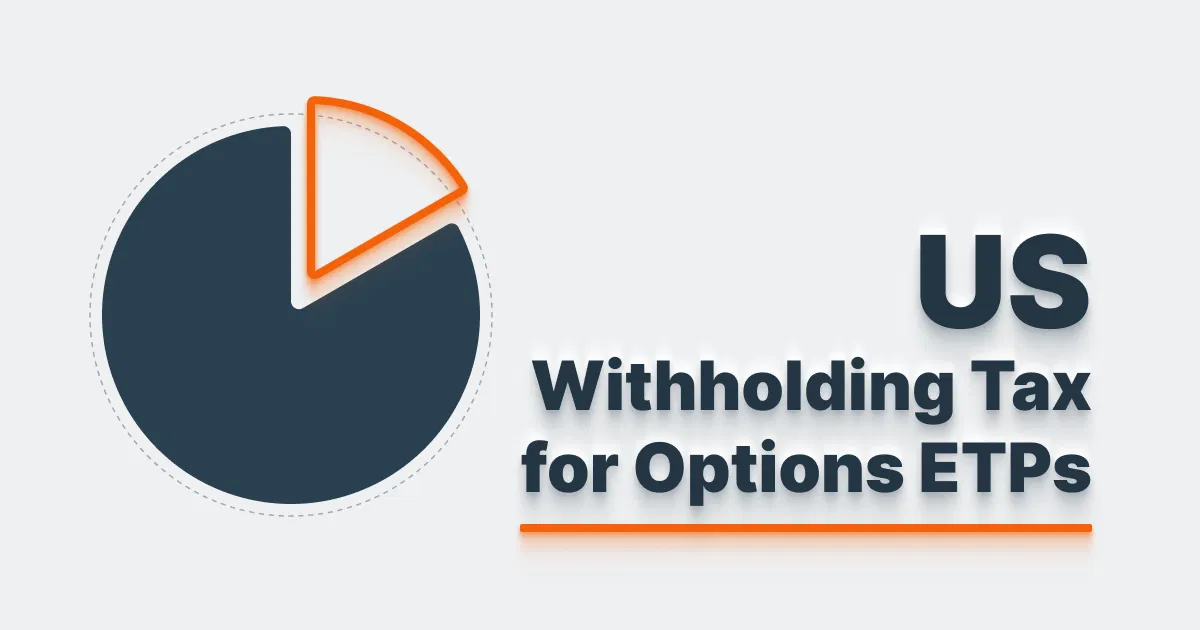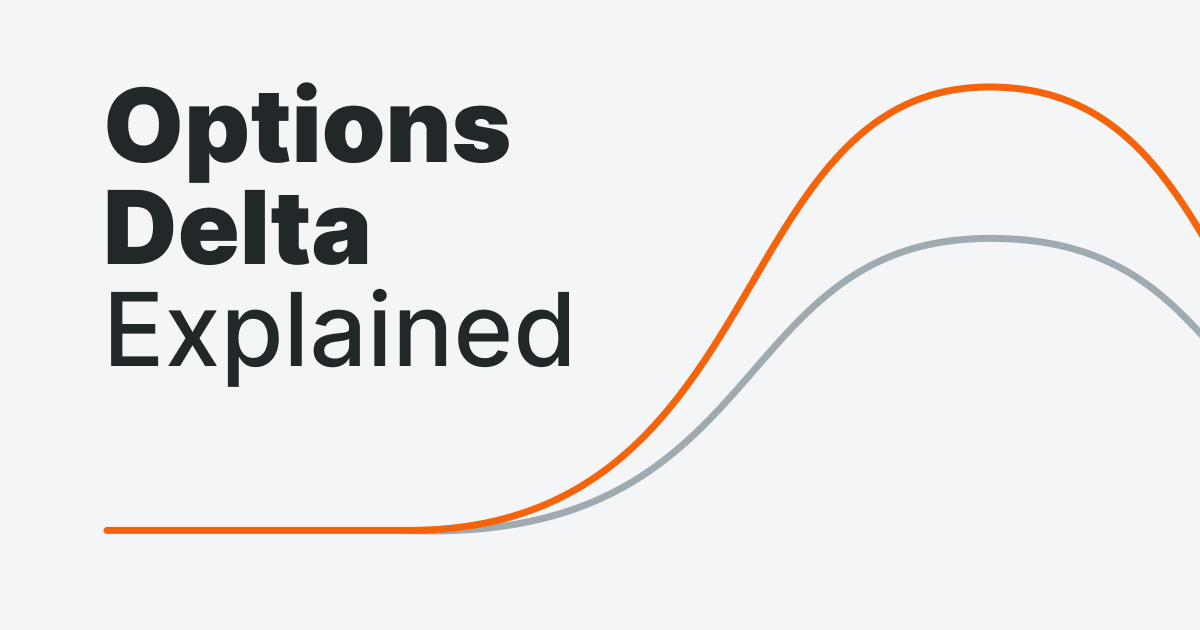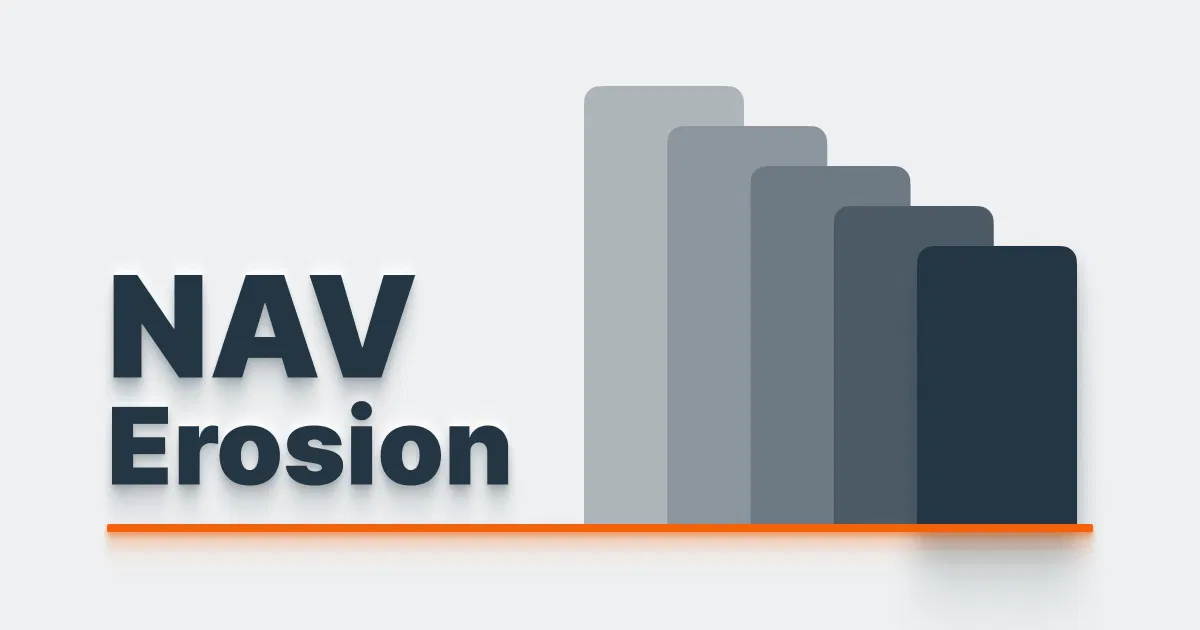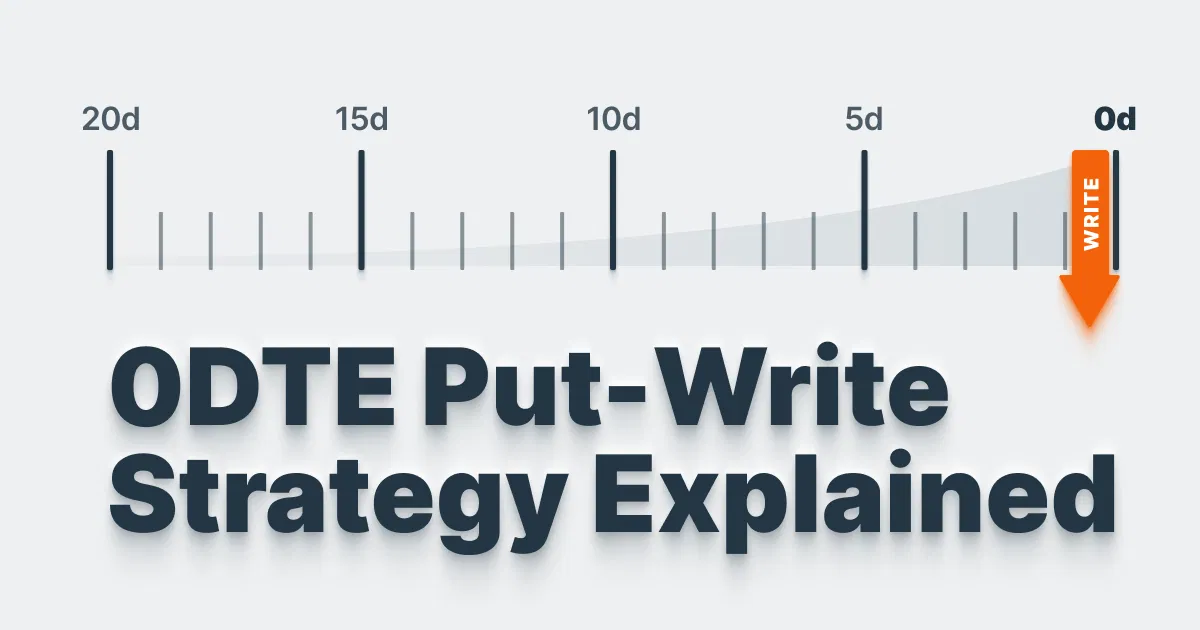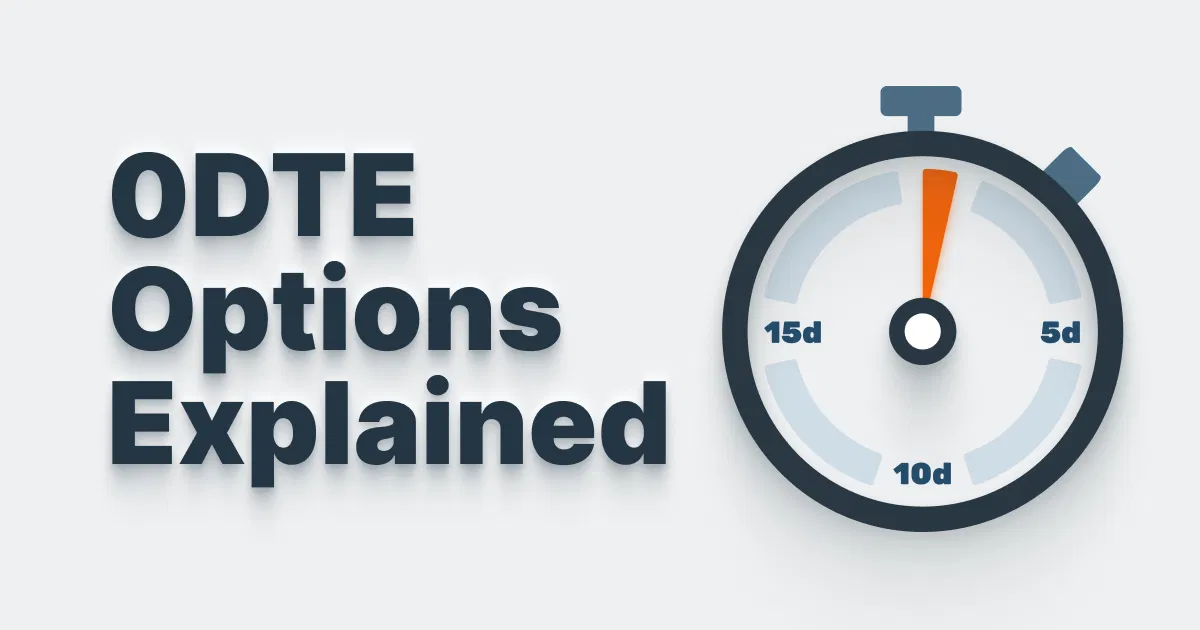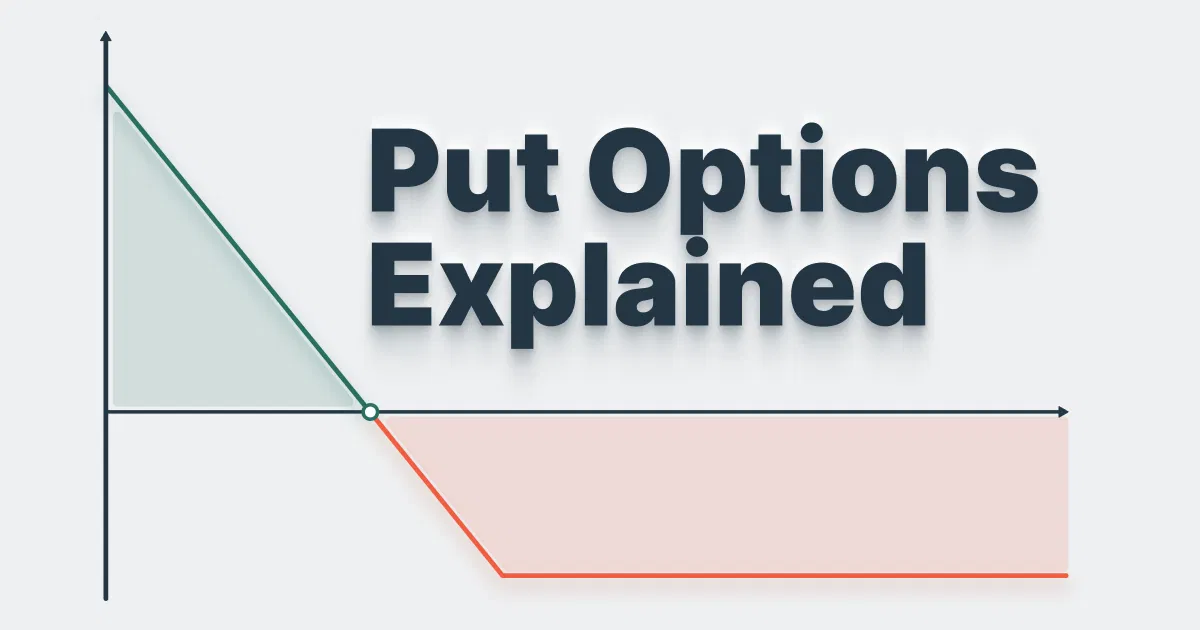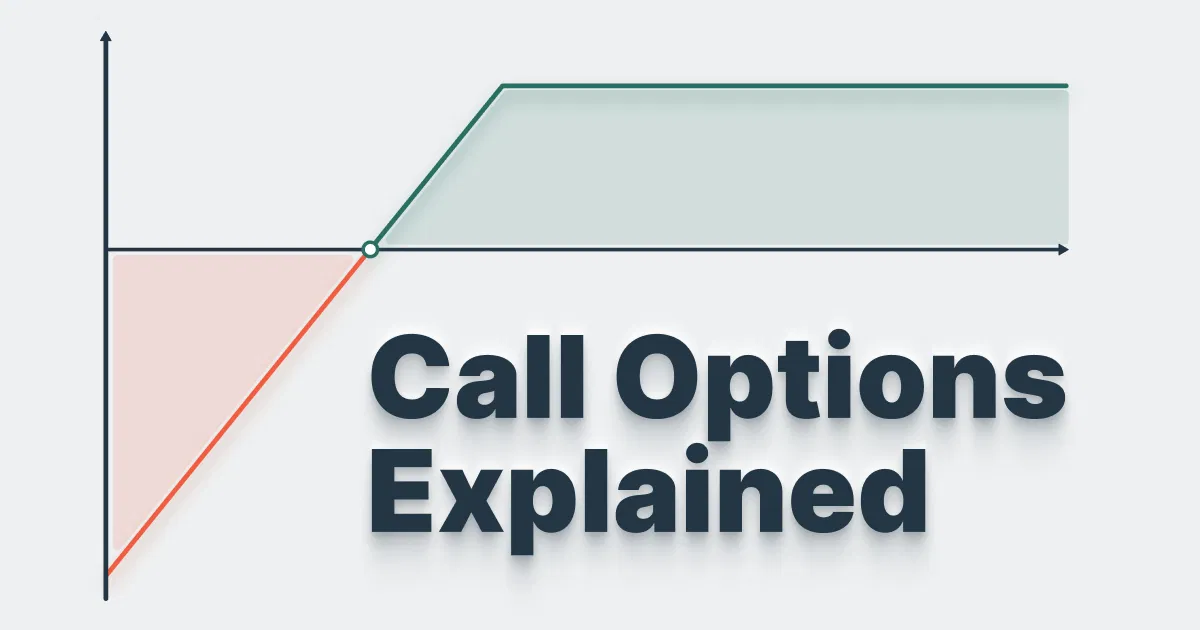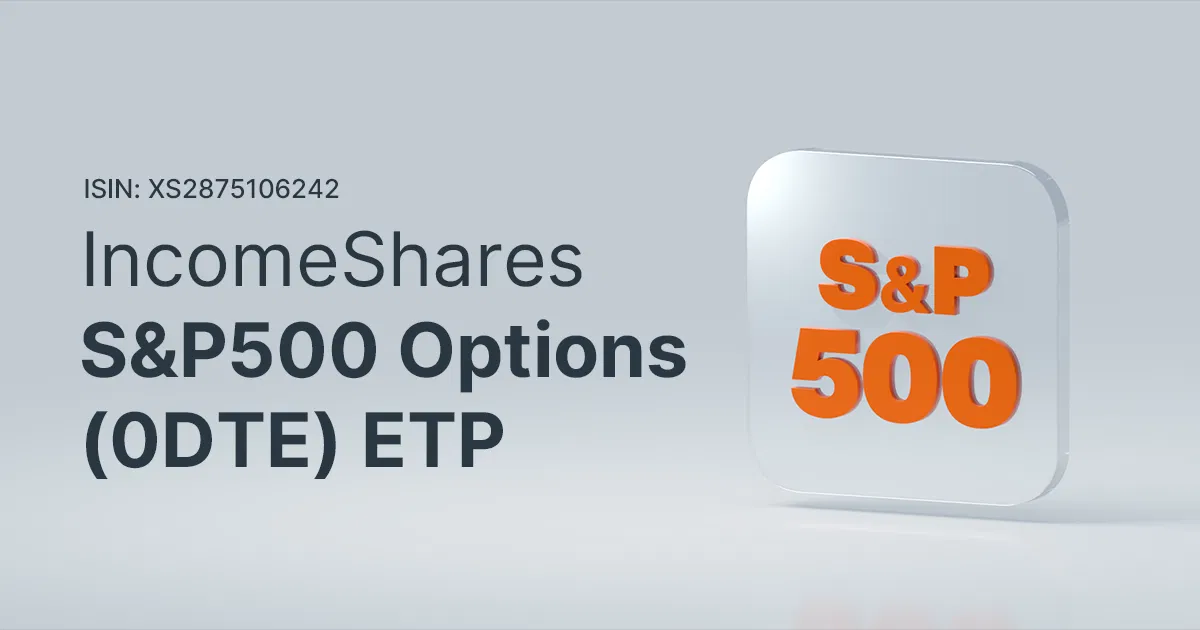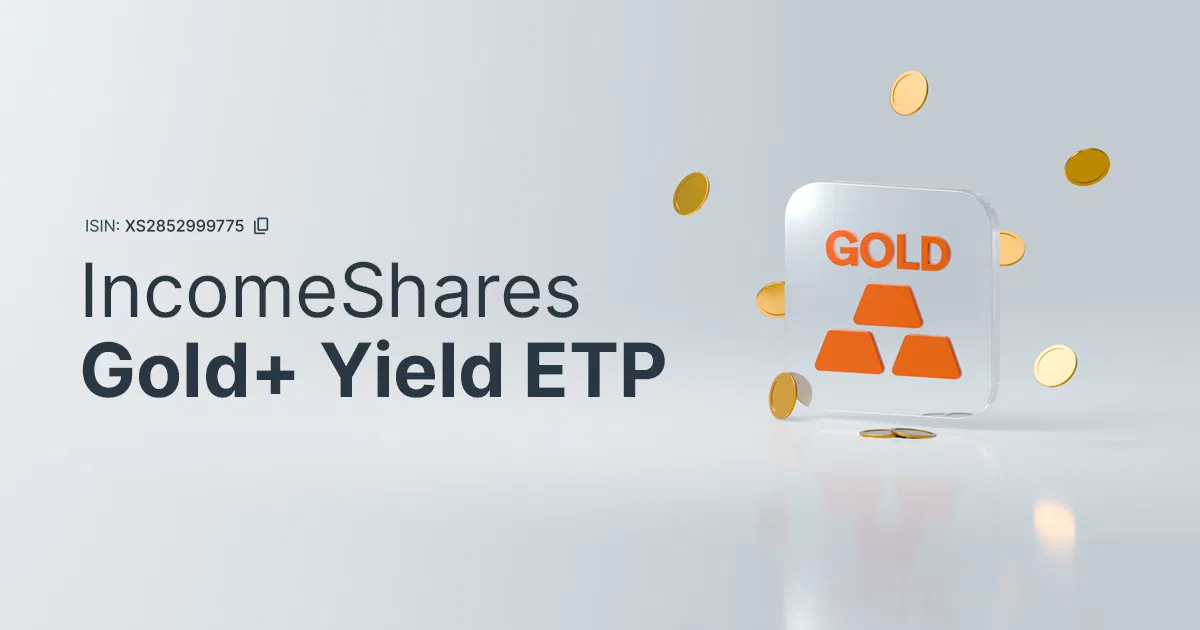Potential for
Enhanced Income
IncomeShares seek to deliver monthly distributions & equity market exposure with less volatility.
Core Investment Exposure
Options Overlay
High Income Potential
*The Distribution Rate is the annual yield an investor would receive if the most recently declared distribution, which includes option income and cash return, remained the same going forward. The Distribution Rate is calculated by multiplying an ETP’s Distribution per Share by twelve (12), and dividing the resulting amount by the ETP’s most recent NAV. The Distribution Rate represents a single distribution from the ETP and does not represent its total return. Distributions are not guaranteed.
Key Benefits
IncomeShares ETPs seek to distribute high monthly income generated from investing in individual securites and implementing data-driven options strategies.
Why IncomeShares ETPs
Owning Underlying Asset
Unfiltered exposure to the underlying asset can result in increased gains during bullish market conditions, but also heightened losses in bearish markets.
Owning IncomeShares®
Exposure to the underlying asset and added income through option premiums by selling options. Potentially sacrifices some upside growth for more consistent income and reduced volatility.
Compare Our Products
| Income Enhancement Strategy | Reference Asset | Distribution Yield* | Option Strategy |
Expense Ratio | Fact Sheet |
|---|---|---|---|---|---|

Tesla (TSLA) Options ETP |
TSLA | 79.65% | Covered Call | 0.55% | |

NVIDIA (NVDA) Options ETP |
NVDA | 18.64% | Covered Call | 0.55% | |

Amazon (AMZN) Options ETP |
AMZN | 8.86% | Covered Call | 0.55% | |

Apple (AAPL) Options ETP |
AAPL | 7.42% | Covered Call | 0.55% | |

Alphabet (GOOG) Options ETP |
GOOG | 11.68% | Covered Call | 0.55% | |

Coinbase (COIN) Options ETP |
COIN | 84.37% | Covered Call | 0.55% | |

META Options ETP |
META | 10.86% | Covered Call | 0.55% | |

Microsoft (MSFT) Options ETP |
MSFT | 2.76% | Covered Call | 0.55% | |

Nasdaq 100 Options (0DTE) ETP |
QQQ | 69.81% | Cash Covered Put | 0.45% | |

S&P500 Options (0DTE) ETP |
SPY | 56.61% | Cash Covered Put | 0.45% | |

Gold+ Yield Options ETP |
GLD | 7.78% | Covered Call | 0.35% |
These figures are based on past performance. Past performance is not a reliable indicator of future results.
See the full range of Leverage Shares ETPs
Explore all
How to Invest
There are multiple avenues to purchase IncomeShares ETPs, whether through the traditional route with a financial advisor or the self-directed approach of online trading.
Insights
FAQ
These are exchange-traded products that utilize options strategies - such as covered calls or put selling - to generate income.
By collecting premiums from selling call and put options and paying a return on the cash held linked to benchmark rates.
- Generating consistent monthly income through option premiu
- Potentially reducing portfolio volatility and downside risk compared to holding the underlying stocks directly
- Providing an alternative source of returns in a low-yield environment
This involves buying a stock or commodity exposures and selling call options on those securities. By selling the calls, the ETP forfeits some of the upside potential on the underlying assets - but receives a premium payment in exchange. This can generate additional income for the ETP to distribute to investors.
This involves selling put options on a stock or index. When the put options are exercised, the ETP is obligated to purchase the underlying stocks at the strike price. The premiums collected from selling puts provide income for the ETP to distribute to investors.
The premiums collected from selling options are paid out as distributions to clients on a monthly basis.
The team uses a combination of market analysis, asset selection criteria, and options pricing models to determine which options to sell to balance income generation with risk management.
- Capping the upside potential if the underlying stocks rise significantly
- Potential losses if the underlying stocks decline in value and put options are exercised
- Higher volatility compared to holding the stocks directly
While options-based ETFs can generate income, they also carry certain risks, such as:
The ETPs charge a management fee, which covers the costs of managing the product and executing the options strategies. Specific fee details can be found in the prospectus.
There may be other costs such as trading fees or expenses related to the underlying assets, brokerage commissions, spreads, etc.
Investors may sign up for our newsletter, follow our social media channels, or regularly check our website for the latest performance reports and distribution announcements.












